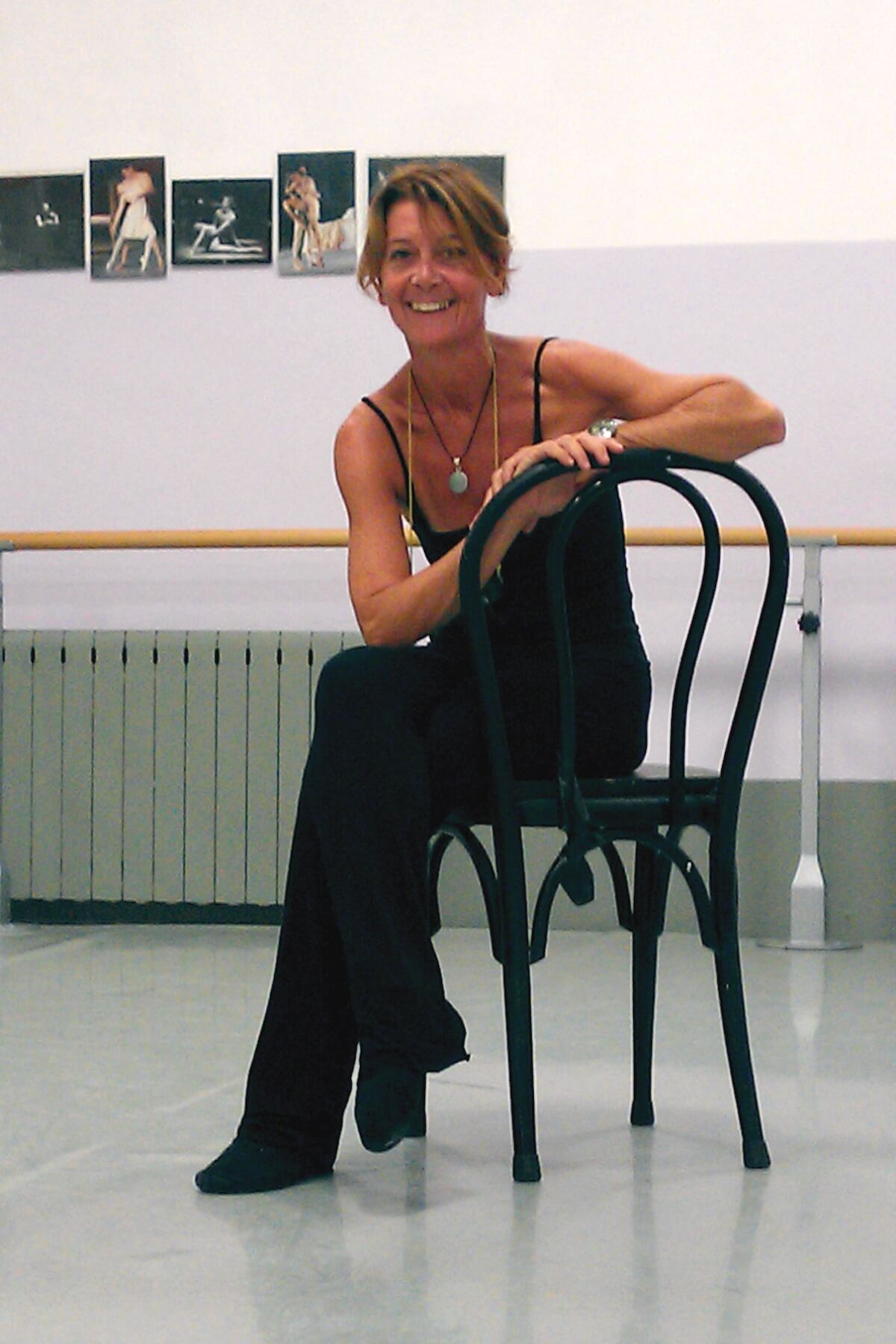

Her most important contribution in this regard is to reveal the mechanisms by which production was separated from reproduction, and how the resulting sexual division of labour had to be created and enforced through extreme violence. Published in 2004 and based on a research project started in the 1970s with Italian feminist Leopoldina Fortunati, Federici draws upon an eclectic mix of historical sources, re-reading the transition to capitalism from a Marxist-feminist viewpoint.įederici presents a close reading of the European witch-hunts, in order to re-appraise the function and nature of primitive accumulation in the transition from feudalism to capitalism. Unknown to us, in her ground-breaking book, Caliban and The Witch, Silvia Federici argues that the witch hunts of the sixteenth- and seventeenth-centuries served to create and enforce a newly established role in society for women, who were consigned to unpaid reproductive labour to satisfy the needs of an ascendant capitalist order. After school we concocted potions, conducted rituals and created secret languages. As ambitious teen girls wary of how we were perceived in the adult world, we sought solace in the idea that we could harness a secret and subversive power to change things. Years before we knew what feminism was, a sense of foreboding had developed among us, about our place in the world and our power relative to adults and to our male peers. In high school, like many young women, my friends and I developed a fascination with witches. Republished from Progress in Political Economy.


 0 kommentar(er)
0 kommentar(er)
